How to Prevent Future Arm Injuries in Baseball and Softball Players
Lets first start with a few guiding principles:
1. Begin with the end in mind
2. Youth or summer baseball is not the pinnacle or your career (hint -it won’t matter in the grand scheme)
3. Your “freak” injury occurred for a reason
4. Pitch counts and rest won’t solve all of your problems
5. It may not hurt, until it does… Be proactive with your arm health
As a physical therapist who specializes in throwing athlete rehabilitation, I see hundreds of injured baseball players, softball players, and quarterbacks. Many of these athletes and parents are unfortunately only concerned with two things: throwing velocity and if they can play this weekend or this season. With these two objectives in mind, we can lose sight of our true goals, to play at the high school, college, or professional level in the future. Without foresight into the potential ramifications that our current actions may have on our career long term we run the risk of damaging or even ruining our ability to play at the next level.
As an athlete I have been there. I ignored medical advice and went back to playing far too soon after injuries. I also continued to throw and train in the same ways that led to my injuries to begin with and as a result I ended up having multiple injuries including 2 surgeries on my throwing elbow, most of which could have been avoided.
As a throwing athlete, the sequencing of your throw and the way in which you apply load to your shoulder or elbow are the most important components to your health long term. Many individuals have stressed the importance of pitch counts, arm strength, and rest time. I will address all of these topics in this article.
First, it is important to understand that injuries happen for a reason. Traumatic throwing injuries that occur without prior fatigue, pain, or minor injury account for less than 2% of the throwing related injuries that walk in to the Overhead Athletic Institute. Furthermore, it is estimated that approximately 90% of athletes with “freak injuries” experienced pain, fatigue, or decreased power prior to their “freak injury”. So these freak injuries are not so freakish at all. Injuries are typically the result of a multi-dimensional problem or problems, meaning that there are multiple contributing factors to injury. An entire book can be written on the topic of throwing injuries and, in fact, I am currently writing one. This article, rather, will be a synopsis of the most salient points in preventing injury and reinjury for throwing athletes and pitchers.
The number one risk factor for injury is prior injury. And the primary reason reinjury occurs is because the root causes of the initial injury were never addressed or were never addressed adequately. Often the labrum, ligament, tendon, etc. is weakened following an injury making it even more important to address the underlying mechanisms of injury. If you were injured as a result of poor mechanical efficiency, with your elbow or shoulder in an unstable position and you return to throwing or pitching with the exact same inefficient and unstable mechanics, you are asking for another injury and potentially a much more significant one.
Keep in mind that the injury process begins long before the pain and diagnosis of the injury. Throwing injuries happen over time and just because it feels okay right now does not mean that it will in a week

or a month if you move poorly. Repetitive loading over and over again that exceeds what the body can recover from leads to weakening over time. This weakening creates a recipe for disaster. Rarely if ever, do throwing injuries occur on one throw. These injuries occur over the course of hundreds or thousands of throws and, finally, one throw becomes the straw on the camel’s back that causes a tear, rupture, or fracture.
This is why it is crucial to get your throwing biomechanics assessed and work to address any inefficiencies you have after an injury or, better yet, before you encounter one.
I often hear from parents and coaches that it is “Just Little Leaguer’s Elbow/Shoulder” (which by the way is technically a fracture of the growth plate) or “Just Tendonitis”. Yet we fail to realize that while an injury may begin as mild discomfort in a tendon, that same mechanism if encountered repetitively in the future may lead to much more serious conditions, but lets explore this further…
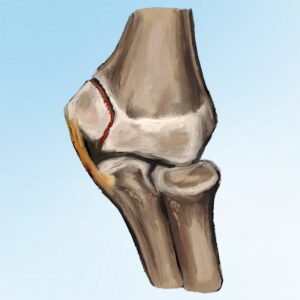
Here is the growth plate commonly injured on the inside of the elbow, known as Little Leaguer’s Elbow (pictured is the left elbow). Notice how the Ulnar Collateral Ligament often known as the Tommy John Ligament attaches to this bone.
When an athlete is under 16 years old this growth plate can fracture. After 17 the growth plate is fused and can no longer separate. The same mechanism that causes Little Leaguer’s Elbow in younger athletes causes UCL (Tommy John Ligament) tears in athletes over 16 years old.
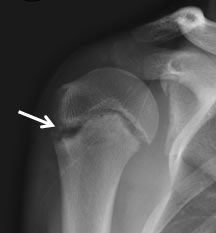
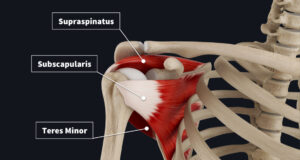
Similarly at the shoulder, under 16 years old the growth plate is open and exposed to potential injury. When this growth plate separates and fractures it is known as Little Leaguer’s Shoulder. Notice how the rotator cuff muscles attach to this bone.
If you continue to do the same thing that caused your injury you are asking for another injury. Going back to throwing with the same mechanics that caused your initial injury puts you at huge risk for reinjury.
It is not uncommon for me to see athletes come into the clinic following one or multiple throwing injuries who have been told by pitching coaches that they have good throwing mechanics and they’re surprised to find out that certain small or large inefficiencies in their throw have contributed to their arm pain.
The lens that the coach looks through differs greatly from the lens that comes with advanced biomechanical training accompanied by mechanical analysis of hundreds of healthy and injured athletes throwing and pitching. The perspective of throwing mechanics analysis in this scenario involves examination of how and when specific joint motions occur relative to each other with consideration of the structure of the joints and the orientation of muscles and ligaments.
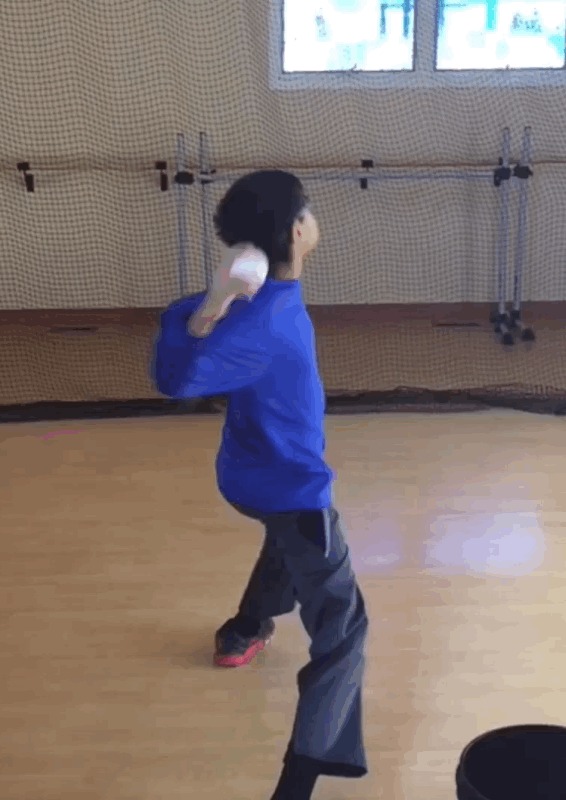

This is a common presentation of Little Leaguer’s Elbow, notice the position of the elbow in peak stress. This position is known as the loose packed position of the elbow joint because it is the position where the elbow joint has the most potential to gap and shear, or more simply be pried open. And this is why we test for elbow injuries such as torn ligaments and growth plate injuries in this exact position.
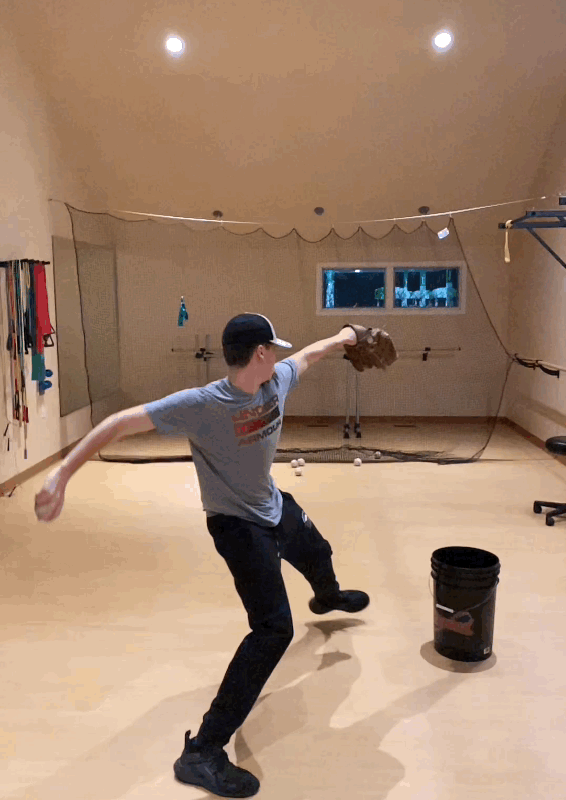
Other athletes may follow different pathways and get into similar positions while loading the elbow excessively as seen here. Without video analysis that accounts for the stresses of the throw and the sequencing of how the body moves in the throw intricate and subtle energy leaks and flaws are missed. This is why it is crucial to have an analysis of your mechanics, at least periodically throughout your career and during developmental periods or periods of growth.
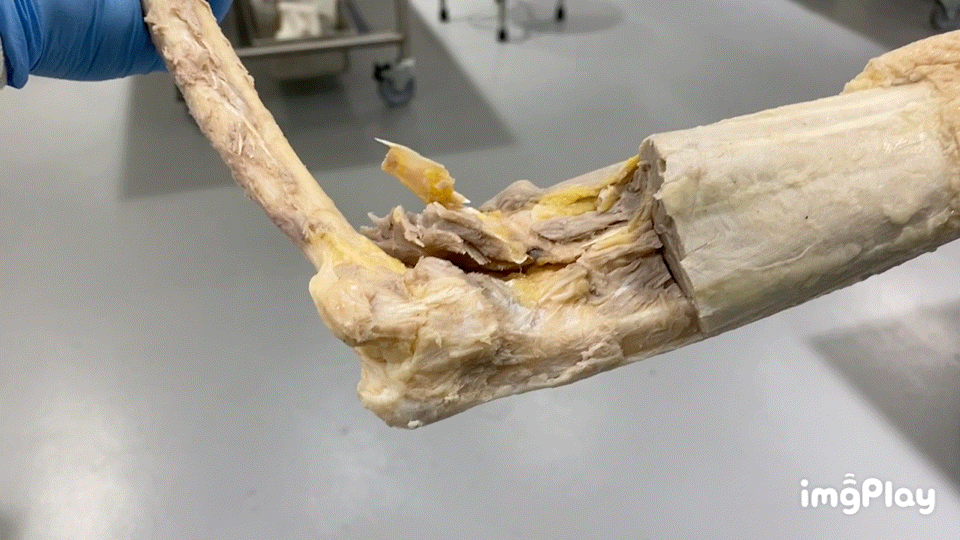
To further illustrate this point, this is a cadaver with all of the muscle tissue removed from the inside of the elbow. While the joint is in this position the joint can be easily opened up.
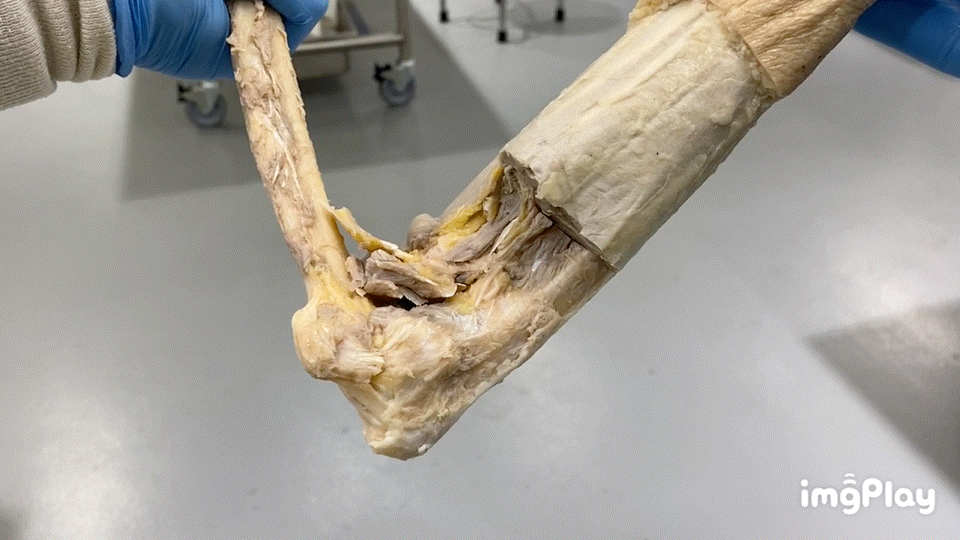
In contrast very little opening of the joint is encountered in this more stable position.
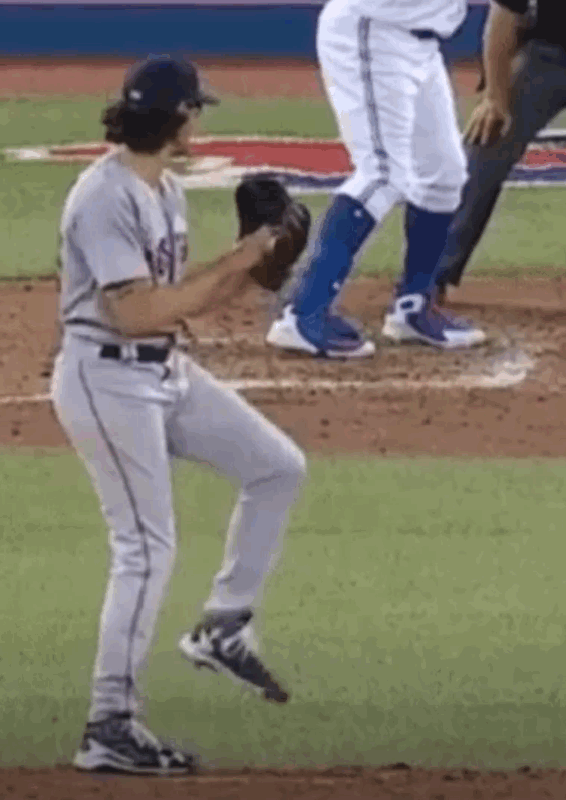
This more stable position of the joint is where the most elite and durable throwers in the world are when maximal joint stresses at the elbow occur.
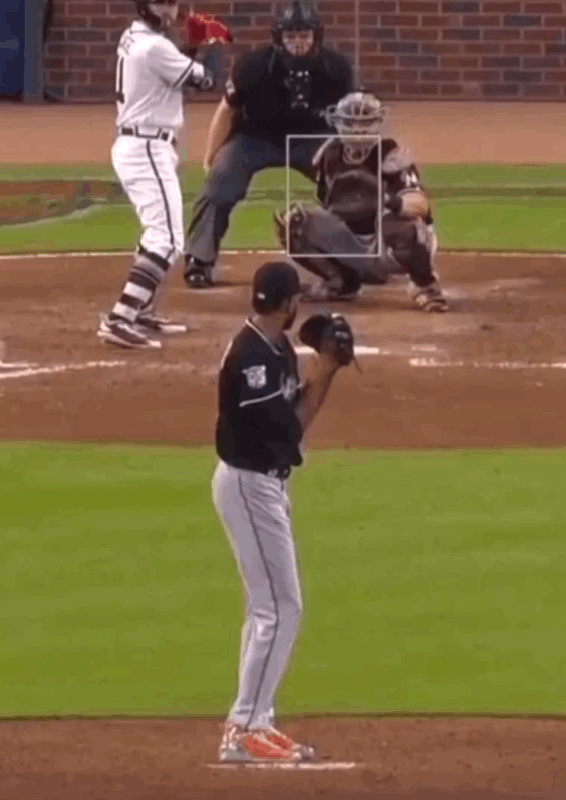
This list includes the likes of the 104mph flame throwing Tayron Guerrero, Joe Kelly, Nolan Ryan, and many more.
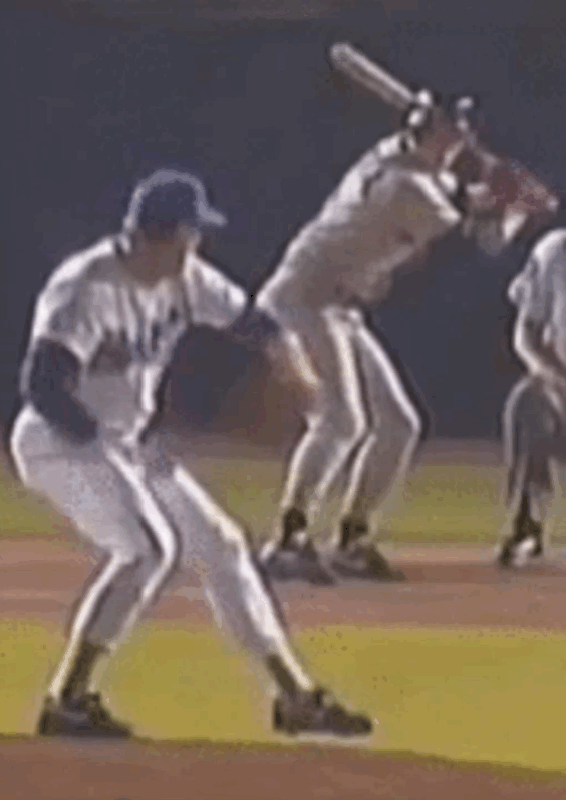
The loading of the shoulder is no different. The stresses that tear the rotator cuff, damage the labrum, or irritate the biceps tendon are the same loads that separate the growth plate in the shoulder of the youth athlete. These may include arm drag, an elbow that is too high, or an elbow that is too low at the wrong time in the throw. While some of these flaws are obvious others are subtle and no amount of pitch counts, rest time, or icing fixes these issues.
And while you may need more rest and better manage of workload and pitch counts and even shoulder strength, you must also, and most importantly, address the mechanical errors that predisposed your shoulder or elbow to injury to begin with.
The cream always rises, a period of rest and physical therapy combined with throwing interventions may result in having to miss a showcase or tournament now but if your goal is to play on further than next weekend or this season you need to address the lagging components in your game and get as healthy as possible. Not only may this allow you to actually return to 100% sooner but it might prevent future career halting injuries and increase your velocity and performance.
So remember,
1. Begin with the end in mind
2. Youth or summer baseball is not the pinnacle or your career (hint -it won’t matter in the grand scheme)
3. Your “freak” injury occurred for a reason
4. Pitch counts and rest won’t solve all of your problems
5. It may not hurt, until it does… Be proactive with your arm health


